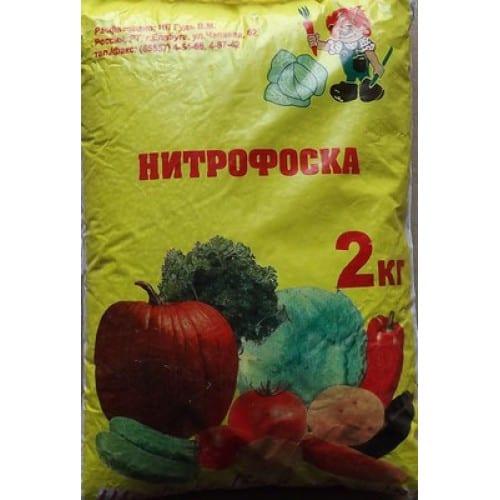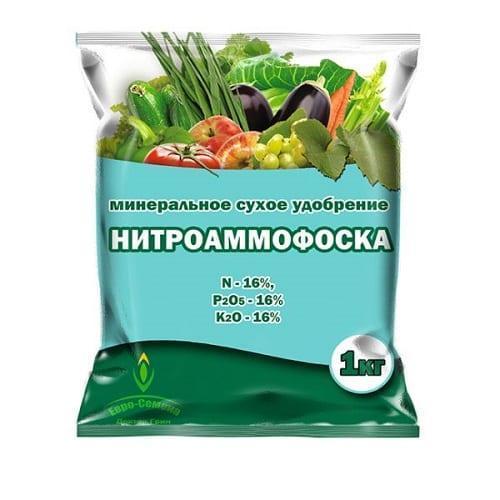Potassium-phosphorus fertilizers for flowering plants
Potassium-phosphorus fertilizers are mineral preparations. As the name implies, their main components are potassium and phosphorus, and complex species may include other substances. Such fertilizers are widely used by flower growers when growing flowering plants. During the period of laying and the appearance of buds, they are recommended to be made in order to:
- increasing the number of buds;
- the approach of flowering;
- prolongation of flowering time;
- giving the flowers a brighter color;
- strengthening the root system;
- faster ripening of young shoots.
A feature of potash-phosphorus fertilizers is that they do not contain nitrogen, or they have a small amount of it. This prevents the plant from redirecting its forces to growth at the expense of flowering.
Among the potash-phosphorus fertilizers for flowering plants, the following preparations have proven themselves well:
- potassium monophosphate;
- nitrophoska;
- nitroammophoska;
- diammophoska;
- potash-phosphorus mixture "Autumn".
Potassium monophosphate

Two-component mineral fertilizer contains phosphorus in half of its composition and slightly less - potassium. It is used to prepare solutions for watering seedlings of flowering plants (10 g of the drug per bucket of water). Flowers growing in the open field are periodically fed with a more concentrated solution - 20 g of the drug per 10 liters of water.
Nitrophoska

The gray granules are composed of potassium, phosphorus and nitrogen. In the spring, before sowing seeds in open ground, the site is first fertilized with nitrophos, 40 g per 1 sq. m.
When planting rose bushes and other plants, nitrophoska is placed directly into the hole, and is also used for root dressing in the form of a solution.
Nitroammofoska

The fertilizer contains phosphorus, potassium, nitrogen and sulfur. It is used in spring (before planting flowers) and in autumn, adding to the soil. Also, the drug is used for summer dressing in the form of spraying on the leaves (for a bucket of water 2 tbsp. L.).
Diammofoska

A complex preparation based on phosphorus, potassium and nitrogen. Introduce into the ground before digging at the rate of 1.5 tbsp. l. for 1 sq. m. For irrigation use a solution of low concentration (maximum 2 g per 1 liter of water). Water the plants with it no more than once every two weeks.
The drug "Autumn"

The preparation contains 18% potassium, 5% phosphorus, as well as calcium, magnesium and boron. Dry powder is introduced into the soil during the autumn digging of the site where it is planned to grow ornamental plants, at the rate of 35 g per 1 sq. m.
During flowering, immediately before watering, 15 g of the drug is applied per 1 sq. m, and to improve the winter hardiness of perennial crops after flowering, they are fertilized at 30 g per the same area.
In a solution of the drug, the seeds are soaked before planting, and they are also watered with flowers at the root.